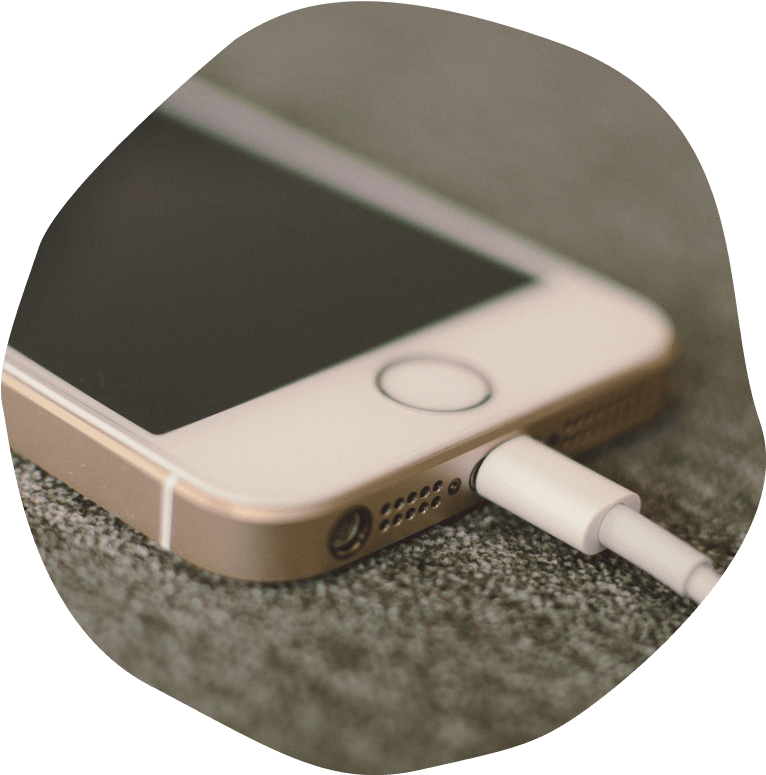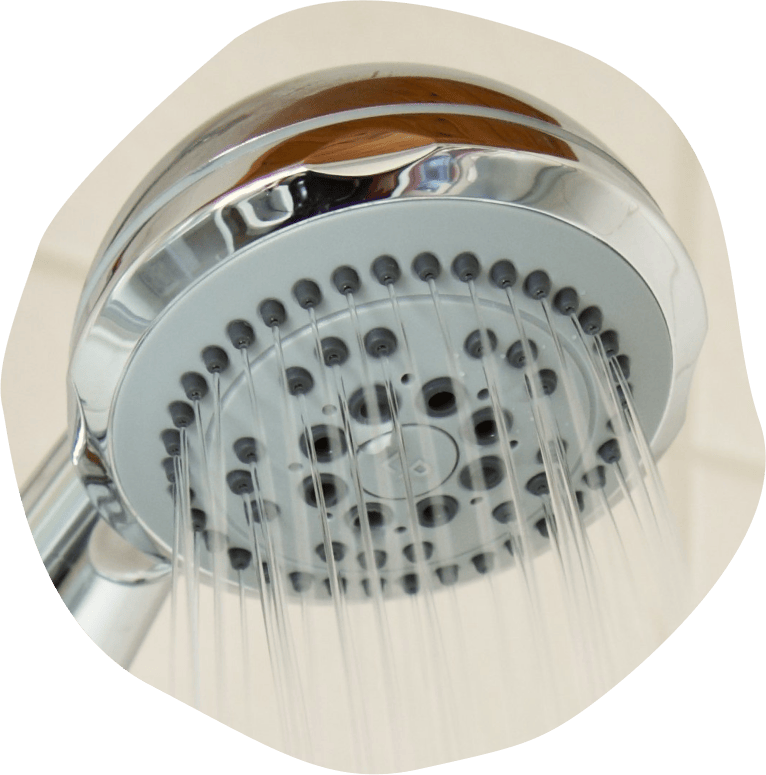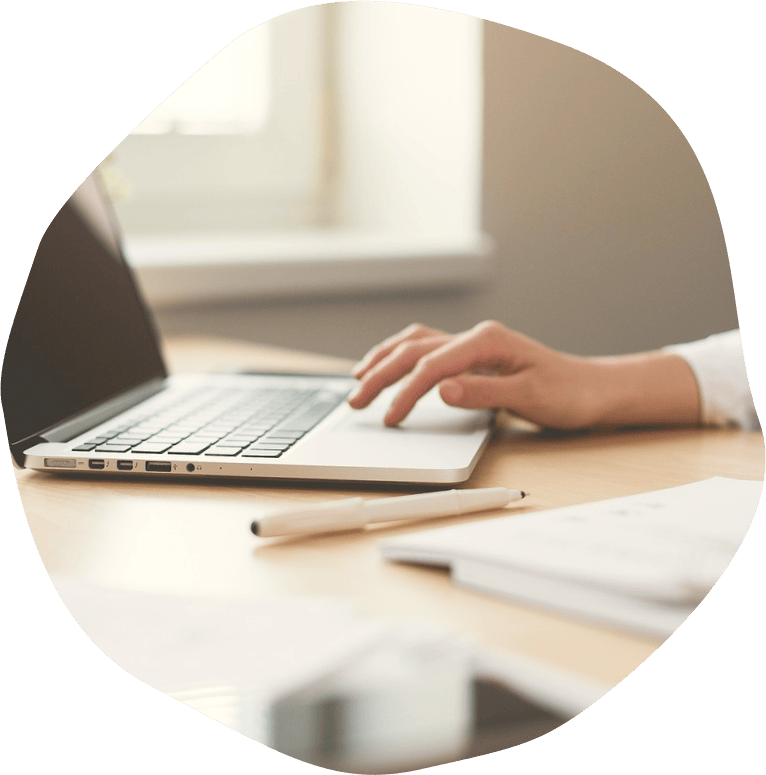Natural Capital in Daily Life
⎯ Natural Capital in Daily Life ⎯ Natural Capital in Daily Life






Scroll down to discover







Scroll down to discover

Product
Lithium-ion cell phone battery

Resource
Lithium

Asset
Mineral reserves
Glossary
Resource: Specific elements extracted from natural capital assets for direct human use.
Asset: Biotic (living) or abiotic (non-living) natural resources that generate products and services that are of value to humans and society.
Importance
Unsustainable lithium mining practices can lead to resource depletion and cause environmental damage, impacting a range of ecosystem assets. Discarded batteries pose a pollution risk to waterways and soils. Sustainable mining practices and recycling old electronics can help protect this valuable asset.

Product
Clean water for home use

Service
Water filtration

Asset
Forest ecosystem
Glossary
Service: Products (i.e., resources) or ecological processes generated by natural capital assets that have value to society.
Asset: Biotic (living) or abiotic (non-living) natural resources that generate products and services that are of value to humans and society.
Importance
Deforestation and pollution of water catchments can compromise water supply and quality. Protecting forests ensures a continuous supply of clean water and maintains biodiversity.
Clothes are made from wool and cotton, natural fibres from livestock grazing (sheep), and cotton crops.
In addition to producing wool and cotton, the farms on which they are grown sequester carbon and provide a habitat for biodiversity.

Products
Cotton and wool

Services
Pasture, crop production, carbon sequestration, habitat provision, shade and shelter (for livestock)

Assets
Grasslands, croplands, shelterbelts
Glossary
Service: Products (i.e., resources) or ecological processes generated by natural capital assets that have value to society.
Asset: Biotic (living) or abiotic (non-living) natural resources that generate products and services that are of value to humans and society.
Importance
Unsustainable farming practices can lead to soil degradation and loss of biodiversity. Sustainable agricultural practices protect these ecosystems and their services.
The kettle, made of stainless steel, is powered by hydroelectricity (a renewable resource) and is generated and distributed by the power company.
Her coffee is grown using regenerative farming practices in a shade-coffee plantation and transported across the sea on diesel-powered ships.

Product
Coffee, kettle

Resource
Steel, electricity, coffee beans, diesel, clean water

Assets
Coffee plantation, water reserves, mineral reserves, fossil fuels
Glossary
Service: Products (i.e., resources) or ecological processes generated by natural capital assets that have value to society.
Asset: Biotic (living) or abiotic (non-living) natural resources that generate products and services that are of value to humans and society.
Importance
Energy production, agriculture, and transportation can impact natural capital. Renewable energy sources and sustainable farming methods (e.g., shade-grown coffee) can mitigate these impacts.
Bread is made from wheat, a product generated from natural capital assets such as croplands, soil, water, and sunlight.
Butter is produced on a dairy farm using ecosystem services such as soil fertility, water availability, nutrient cycling, shade and shelter (from native vegetation), and pest control (provided by invertebrates). Food products generate income for farmers, food manufacturers, and retailers.

Products
Bread, butter

Services
Provisioning services - wheat and dairy

Assets
Soil, water, sunlight, mineral nutrients, livestock, native vegetation, fauna (invertebrates)
Glossary
Service: Products (i.e., resources) or ecological processes generated by natural capital assets that have value to society.
Asset: Biotic (living) or abiotic (non-living) natural resources that generate products and services that are of value to humans and society.
Importance
Healthy soils and water resources are crucial for food security. Sustainable farming practices and biodiversity contribute to healthy farmlands.
The train is powered by solar electricity, a clean and renewable energy source. Solar panels capture sunlight and convert it into electricity.
Solar panels are made from materials such as silicon, silver, and aluminium derived from natural capital assets. The train infrastructure, including tracks and stations, also depends on materials like steel and concrete derived from natural capital assets.

Product
Transportation

Resources
Solar energy, silicon, silver, aluminium, steel, concrete

Assets
Sunlight, mineral resources
Glossary
Resource: Specific elements extracted from natural capital assets for direct human use.
Asset: Biotic (living) or abiotic (non-living) natural resources that generate products and services that are of value to humans and society.
Importance
Using renewable energy sources for transportation greatly reduces greenhouse gas emissions and environmental impact. Sustainable material sourcing and energy use are essential for protecting natural capital.
The computer on which she works depends on natural capital assets for its production and operates on electricity derived from a mix of non-renewable (fossil fuels) and renewable (wind energy) natural capital assets.
The stocks she trades will most likely draw on natural capital assets to generate products or services.

Products
Digital technology, tradable stocks

Resources
Tech minerals, energy

Assets
Mineral resources, soils, wind, fossil fuels
Glossary
Resource: Specific elements extracted from natural capital assets for direct human use.
Asset: Biotic (living) or abiotic (non-living) natural resources that generate products and services that are of value to humans and society.
Importance
The tech industry relies heavily on natural capital assets. Investing in sustainable technologies, renewable energy, and ethical mining practices can help preserve these assets for future generations.

By following Julie's day, we see how deeply intertwined our lives are with natural capital. Every product and service we use depends on these vital resources, highlighting the importance of protecting and managing them sustainably for the planetary well-being of current and future generations.
Dive deeper into the Natural Capital Primer to understand key concepts and applicability: